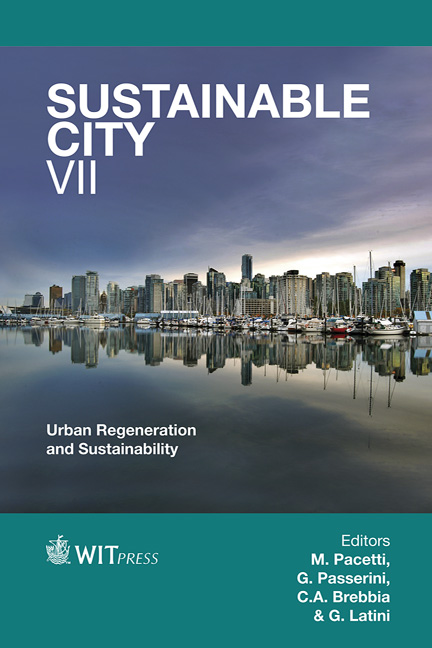Recycling Of Secondary Raw Materials From End-of-life Car Tires
Price
Free (open access)
Transaction
Volume
155
Pages
12
Page Range
1115 - 1126
Published
2012
Size
601 kb
Paper DOI
10.2495/SC120932
Copyright
WIT Press
Author(s)
R. Ciccu & G. Costa
Abstract
The huge quantity of end-of-life tires discarded annually in developed countries is posing major environmental problems due to restrictions against disposal in landfills and to difficulties in obtaining suitable products to be sold in the market as secondary raw materials. Actually, mechanical processing of the tires in shredding, granulation and pulverization plants is not a fully satisfactory solution because of operational drawbacks (high energy consumption, considerable wear, low technical efficiency), in addition to the poor quality of the components. A new technology has been developed at the University of Cagliari based on the use of high velocity jets of water enabling to achieve a thorough disintegration of the rubber, leaving a very clean steel product. The rubber granules so obtained can be used either for municipal water filtration or for the manufacture of paving and building elements or as a component of surface layer in roadways, thus contributing to the improvement of living conditions in urban areas. This paper describes the main features of waterjet technology and discusses the prospects of commercial application of tire dismantling products that appear promising from both the technical and economic point of view Keywords: car tires, recycling, rubber granules, waterjet disintegration, building materials, insulation. 1 Introduction Presently more that 9 million tonnes of end-of-life (EOL) tires are discarded each year in the world, corresponding to about 2% of total quantity of solid waste
Keywords
car tires, recycling, rubber granules, waterjet disintegration, building materials, insulation.





